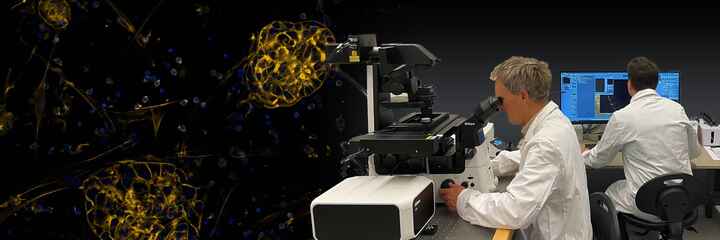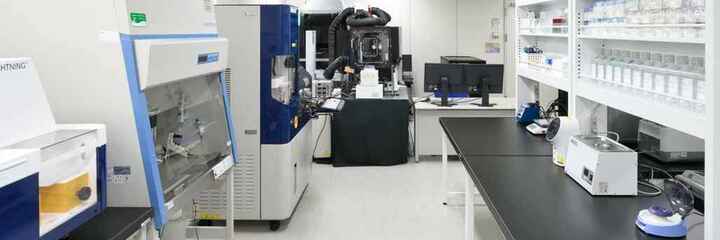Notizie
Nikon Announces Digital Eclipse C1-Plus - A New Generation of Confocal Microscope Systems
lug 20, 2004
New Capabilities Integrate with Innovative Software to Enable Broad Bio-Research Applications
Nikon Instruments today announced the Digital Eclipse C1-Plus Modular Confocal System. A new generation of confocal microscope systems designed with improved scan head optics to boost optical performance to 400nm. The
C1-Plus also includes faster image acquisition with bi-directional scanning, support for X and Y scan axes rotation and new laser options for improved control over laser illumination intensity.
"Nikon delivers unprecedented value with the introduction of the C1-Plus," said Stan Schwartz, vice president, Nikon Instruments. "Our commitment to the bio-research community is to deliver the finest modular confocal system that optimizes functionality; increases versatility and delivers exceptional performance at affordable prices."
Also available for the C1-Plus are directly modulated 408nm, 440nm and 638nm diode lasers, as well as a new diode pumped solid-state laser at 561nm. Continuously variable attenuation for each laser line, either manually or through EZC1 software by Acousto-Optical Modulators (AOM), improves live cell imaging and FRAP and FRET applications. In addition, Nikon's new EX-type three laser table can accommodate all of the new lasers plus a filter exchanger for selecting either the 488nm or 514nm line of a multiline Argon ion laser.
New EZC1 v2.2 Software
EZC1 v2.2 software controls the C1 System and operates in either a Windows 2000 or Windows XP-Professional environment. The EZC1 software easily integrates new C1-Plus hardware, enabling many new C1-Plus capabilities including bi-directional scanning for faster frame rates used in live cell imaging applications. The software controls AOM's and directly modulated diode lasers for using FRAP and other applications requiring precise and automated control of laser illumination intensity.
Enhanced animated rendering easily animates a single cell slice from a 4-dimension X, Y, Z, and Time acquisition, or animates a projection from the same data, to detect movement within a cell over time. Additionally, a new merge function allows a separately acquired differential interference contrast (DIC) image to be merged with a projection of a stack acquired to match the DIC section thickness making it possible to map the precise location of a specific florescence dye within the cell.
Existing C1 owners can upgrade, without cost, to benefit from new software features that are not C1-Plus hardware dependent including the improved navigation window, visual basic application and large file support. An EZC1 Viewer with post-processing and analysis functions from saved images, stacks, and data acquired through the latest EZC1 software can also be purchased for off line use.



